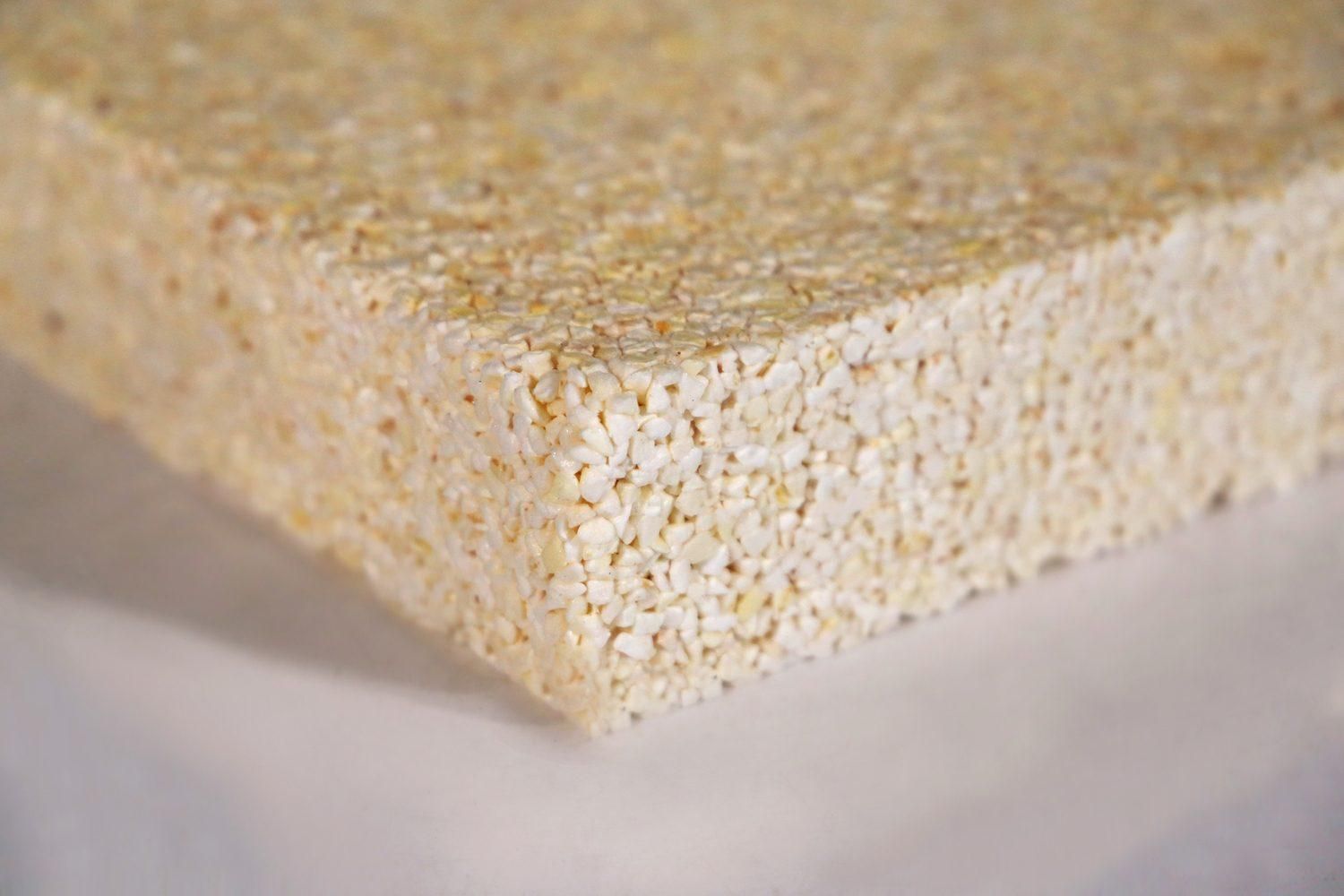
🏢 Can we make buildings that capture and store CO2?
The building trade needs to alter its focus in order for the construction industry to soak up more carbon dioxide than it produces. Instead of using materials that embody carbon dioxide, the industry should use materials that soak up CO2.
Share this story!
Many of the "green buildings" made today have had lots of focus regarding energy efficiency techniques designed to reduce the need for heating and cooling the buildings. Even though the diminished need to regulate heat in a building reduces greenhouse gas emissions, Chris Magwood, director of The Endeavour Centre Sustainable Building School, believes such buildings might contribute more to the greenhouse gasses while being built.
Ruthie Mundell, who is a board member of Build Reuse, an organization that advocates for turning construction and demolition waste into a resource, says to FreeThink:
“I have long been frustrated by how green building focuses on fancy high tech electronic gadgets and HVAC equipment and give less attention to the environmental cost of the building materials used, how long they will last, and if they can eventually be reused or composted.”
She adds that most buildings, especially older ones, can be taken apart and reused instead of demolished. Doing so would eliminate the impact associated with manufacturing new materials.
“When we build with new materials, we’re ignoring the fact that there is a ton of existing buildings in this country that are unwanted. It makes no sense to demolish them,” Mundell says, “It doesn’t matter if you used fast-growing bamboo or another low-carbon product if right across the town, someone is burning or burying old-growth lumber joists that you could have used.”
This boils down to something known as "embodied carbon," which basically is carbon embedded in the materials used to build constructions. The carbon dioxide released during the construction's operational phase, which is the period of time when the construction is being used, is different from embodied carbon. Some materials used in a house, for example, XPS and closed-cell foam insulation carpet and vinyl windows, maybe more energy-efficient during the operational phase, but they become a significant source of carbon emissions.
To fix this problem, Magwood (who, by the way built a straw bale home for himself) suggests that the industry uses sustainable building materials such as straw and wood fiberboard insulation, softwood floors, and wood windows. He believes it's a good starting point to have an overall aim of zero net carbon emissions for buildings. Of course, the buildings need to be created from materials harvested and manufactured to the energy needs of the structure.
Magwood explains that different materials like for example straw, wood, linoleum, and cedar can pull carbon dioxide from the atmosphere and store it in the buildings walls. By using just the right materials, the building industry could become a carbon sink instead of a major emitter.
Optimist Daily writes: When buildings are designed to be a carbon sink, it is possible to make a zero-net carbon structure. And — even better — carbon-storing buildings that are powered by renewable energy can actually reverse climate change.


By becoming a premium supporter, you help in the creation and sharing of fact-based optimistic news all over the world.



